Tag: catheter
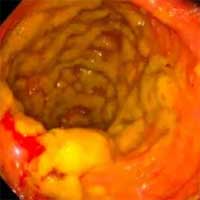
Catheter-associated Urinary Tract Infection (CAUTI)
Urinalysis should not be checked simply due to cloudy or odorous urine (Class A recommendation from Infectious Diseases Society of America). This probably represents colonization of the Foley bag, not invasive infection. Be... read more

The use of continuous perineural catheters and other practices to optimize regional anesthesia in COVID-19 patients
As anesthesiologists, we are on the front line of the fight against coronavirus disease (COVID-19), whether in the intensive care unit, operating room, or elsewhere in the hospital. Given the highly contagious nature of the... read more

Septic Shock and the Use of Norepinephrine IMCU
Elderly patients with septic shock treated with norepinephrine (NE) displayed a better Intermediate Care Unit (IMCU) survival at the ward and at 30 days than previously expected. Our retrospective chart study did not... read more
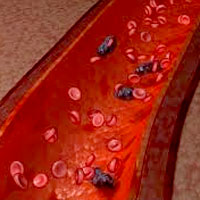
Blood Cultures From Arterial Catheters Reliable for Detection of Bloodstream Infection in PICUs
Cultures of arterial catheter–drawn blood are reliable for the detection of bloodstream infection in PICUs. The study group consisted of 138 patients admitted to the general or cardiac PICU in 2014–2015 who met the following... read more

Echocardiographic Assessment of LV Diastolic Pressure
The ever-increasing trend toward noninvasive monitoring puts echocardiography at the forefront and considerable effort has been made to define its role in this setting. Invasive pressure measurement is the only accurate... read more
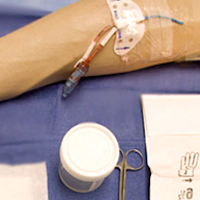
Peripherally Inserted Central Catheters in the ICU
A retrospective study of adult medical patients in 52 hospitals. 27,289 patients with peripherally inserted central catheters placed during hospitalization. Peripherally inserted central catheter use in the ICU is highly... read more

Poor Communication Between Physicians and Nurses Linked to Patient Catheter Issues
Communication is contextual, and improving physician-nurse communication about appropriate catheter use may require innovations that address the identified contextual barriers. Several barriers to communication between physicians... read more
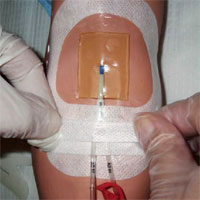
Sustained reduction of catheter-associated bloodstream infections with enhancement of catheter bundle by chlorhexidine dressings over 11 years
The addition of chlorhexidine dressings to all CVC and arterial lines to an ongoing catheter bundle was associated with a sustained 11-year reduction of all catheter-associated bloodstream infections. This large real-world... read more
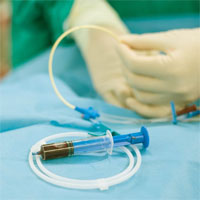
The Epidemiology of Symptomatic Catheter-associated Urinary Tract Infections in the ICU
Catheter-associated urinary tract infection (CAUTI) occurs frequently in critical illness with significant morbidity, mortality, and additional hospital costs. The epidemiology of symptomatic ward-acquired CAUTI (within 48... read more
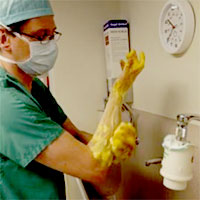
Going Into Hospital Far Riskier Than Flying
Millions of people die each year from medical errors and infections linked to health care and going into hospital is far riskier than flying according to World Health Organization. If you were admitted to hospital tomorrow... read more

Catheter Type in Pulmonary Embolism Intervention
Catheter based interventions for pulmonary embolism is on the rise. The rise in mainly in patients who present with submassive PE. The intent of intervention is to reduce clot burden. This is done to improve acute symptoms... read more

This Minimally Invasive Technique Could Reduce the Need for Open-Heart Surgery
Currently, the majority of individuals who undergo transcather aortic valve replacement (TAVR), a minimally invasive alternative to open-heart surgery—are elderly or subject to compounding complications such as kidney disease.... read more
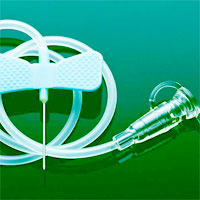
Choice of Catheter Size for Infants in Continuous Renal Replacement Therapy
Small size central vascular catheters display optimal rheologic performances in terms of pressures and flows particularly when the renal replacement therapy (RRT) device is equipped with pumps proportional to central vascular... read more
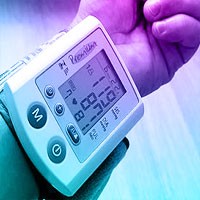
Can Noninvasive BP Monitoring Replace Arterial Catheter?
Although its reliability is often questioned, noninvasive blood pressure (NIBP) monitoring with an oscillometric arm cuff is widely used. Indeed, intermittent arm NIBP is the first-line monitoring technique during prehospital... read more




